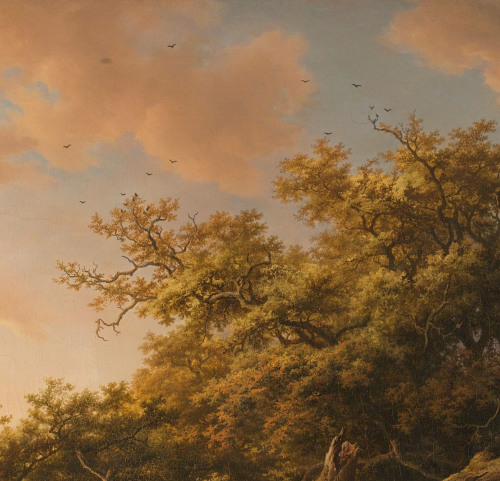#mid 1800s

Historical Fashion Details in art.:
“Forbidden Fruit” (“Le Fruit Defendu”) by Auguste Toulmouche, painted in 1865, illustrating how young women have always rebelled against having their access to knowledge policed.
La Mode illustrée, no. 22, 1 juin 1873, Paris. Toilettes de Mme Breant-Castel r. du 4 Septembre. 19. Ville de Paris / Bibliothèque Forney
Post link

Alfred Stevens (1823-1906)
“What is Called Vagrancy” (1854)
Oil on canvas
Realism
Located in the Musée d'Orsay, Paris France
Thispainting is representative of the early part of Stevens’ career when he was keen on representing the squalor of the time.
Emperor Napoleon III thought the contents so shocking (a woman giving a beggar money to prevent her being locked up with her children by the police, which was the fate of vagrants without income) that he asked to have it removed.
The 1810 Penal Code considered begging a crime and vagrancy likewise. While beggars were not clearly defined, vagrants were clearly identified as “unscrupulous people [i.e.] those who have no certain place of residence or means of subsistence and who do not exercise any trade or profession.”
During the Second Rep1ublic, the electoral law of May 31, 1850 further alienated beggars and vagabonds, separating the homeless from the rest of society by prolonging the period of residence required in order to be able to vote in a particular commune or canton, from six months (law of March 15, 1849) to three years.

Thomas Cole (1801-1848)
“A Pic-Nic Party” (1846)
Oil on canvas
Hudson River School
Located in the Brooklyn Museum of Art, New York City, New York, United States

Franz Xaver Winterhalter (1805-1873)
“Princess Louise of Prussia” (1856)
Oil on canvas
Located in the Pushkin Museum, Moscow, Russia
Princess Louise Marie Elisabeth of Prussia (1838-1923) was Grand Duchess of Baden from 1856 to 1907 as the wife of Grand Duke Frederick I. She was the second child and only daughter of Wilhelm I, German Emperor, and Augusta of Saxe-Weimar-Eisenach, the younger sister of Frederick William (“Fritz”)–the future German Emperor Frederick III–and the aunt of Emperor Wilhelm II.

John F. Francis (1808-1886)
“Squirrel Eating a Nut” (1855)
Oil on cardboard
Located in the Currier Museum of Art, Manchester, New Hampshire, United States
English 9CT Antique Victorian ROSE Gold LOCKET Double-Sided Glass Birmingham Hallmarks Signed Makers Mark JS Date 1851
Post link







![John Everett Millais [English. 1829 - 1896]
Miss Anne Ryan. 19th century John Everett Millais [English. 1829 - 1896]
Miss Anne Ryan. 19th century](https://64.media.tumblr.com/255034ec64a24b50e59d298b2390257f/34b9418f7badbb30-93/s500x750/d5ca612d6c70b6308c5cbce799d1c7abe19eec65.png)